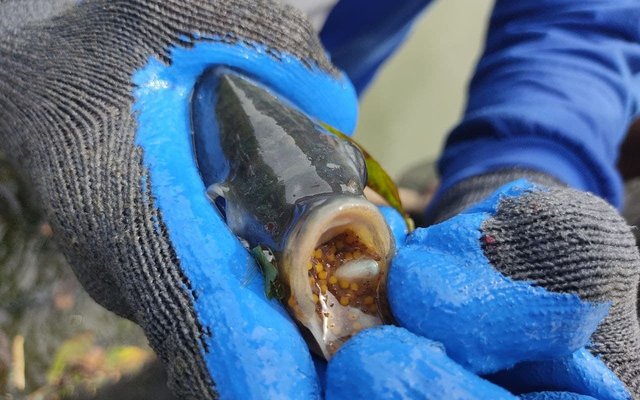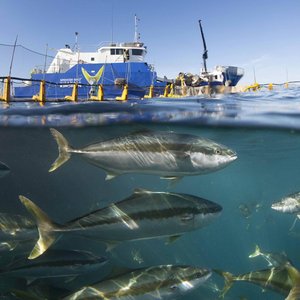The Philippine Department of Agriculture’s Bureau of Fisheries and Aquatic Resources, through its Regional Office in Calabarzon, has successfully conducted its first trial run of the region’s second intensive tilapia hatchery located in Los Baños, Laguna, recording a high hatching rate of 95%.
The trial is part of DA-BFAR's Tilapia Commodity Program to secure a sustainable supply of tilapia fingerlings. “In addition to producing a high volume of quality fingerlings through the application of new technologies and cost-effective methodologies, the project aims to create a model hatchery that can boost production at minimum costs,” said BFAR National Director Eduardo Gongona.
Currently, the hatchery can produce 300,000 fingerlings in just three to five days. Following the successful trial run, the hatchery now aims to complete four rounds of hatchings per month. With a 95% hatching rate and 80% survival of fry, the hatchery can produce around 960,000 fry in a month. In order to achieve this, more breeders will be required.
The program is testing intensive tilapia hatchery techniques, a type of artificial breeding of tilapia in which eggs are collected from the mouth of female breeders and incubated in an artificial facility. Production in intensive tilapia hatcheries is uniform in size and higher compared to the traditional methods. The economic return is also faster. The intensive system was adopted by the Philippine government through DA-BFAR's National Freshwater Fisheries Technology Center from Aqua Farming Technology Inc. (California, USA) in 2016. Since then, it has been replicated in thirteen regions around the country.
In 2020, the total fingerling production was about 208.35 million. The emergence of more tilapia-intensive hatcheries around the country aims to achieve the goal to supply the annual demand of 2.1 billion tilapia fingerlings.













